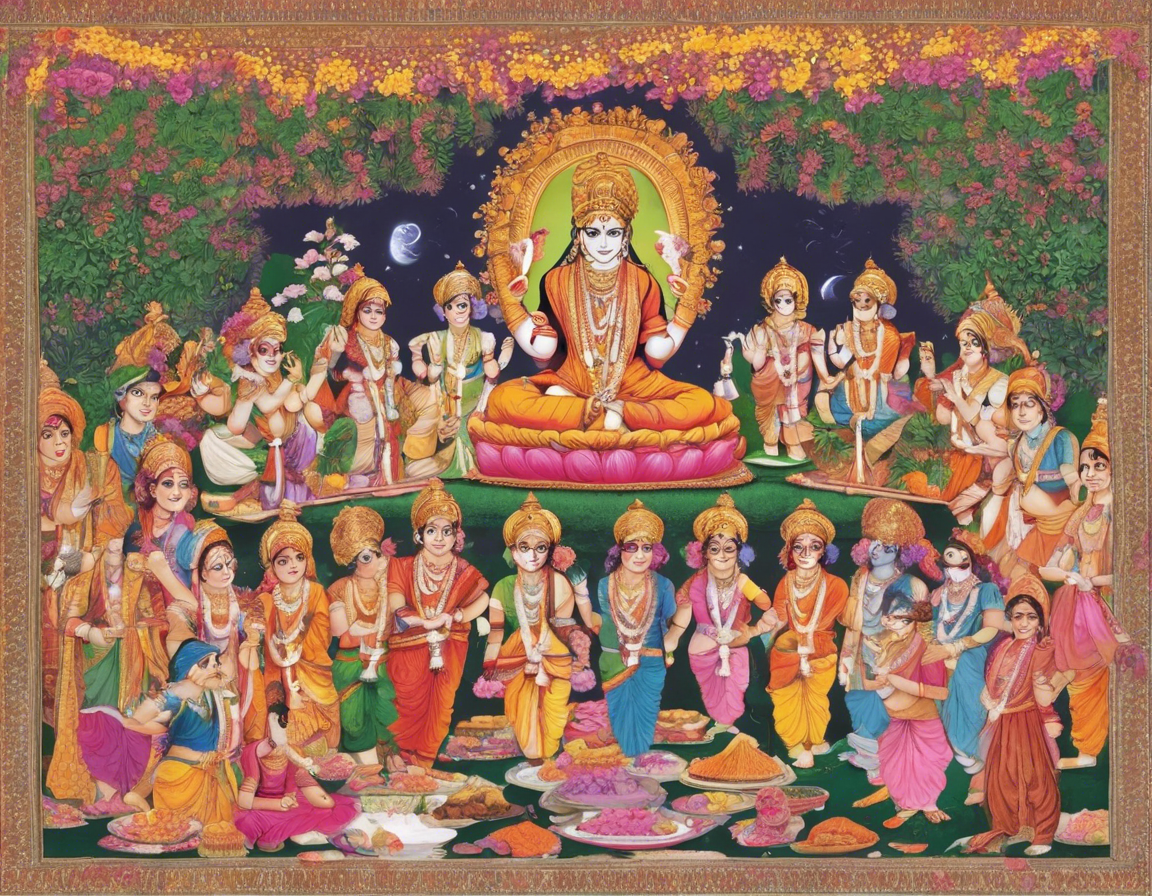The comparison between two diverse countries like India and the Netherlands is fascinating due to the stark contrasts in their cultures, traditions, and lifestyles. Let’s delve into the intricacies of these two nations and explore the myriad differences that make them unique.
1. Geographical Contrasts:
India is a vast South Asian country known for its diverse landscapes, ranging from the snow-capped peaks of the Himalayas to the tropical beaches of Goa. In contrast, the Netherlands is a small, low-lying country in Northwestern Europe, renowned for its picturesque windmills, tulip fields, and extensive network of canals.
2. Cultural Diversity:
India is a melting pot of cultures, languages, and traditions, with each state offering its own unique cuisine, dance forms, and festivals. On the other hand, the Netherlands prides itself on its progressive and inclusive culture, with a strong emphasis on tolerance, equality, and freedom of expression.
3. Cuisine and Culinary Traditions:
Indian cuisine is a tantalizing blend of spices, herbs, and flavors, with dishes like biryani, butter chicken, and dosas gaining international acclaim. In contrast, Dutch cuisine is characterized by hearty stews, cheeses, and pastries, with popular dishes including stroopwafels, bitterballen, and haring (raw herring).
4. Social Etiquette:
India places a high value on respect for elders, hospitality, and close-knit family ties. Hierarchical structures and social roles are significant in Indian society. In contrast, the Netherlands embraces egalitarianism and values direct communication, honesty, and punctuality. Dutch society is known for its emphasis on work-life balance and gender equality.
5. Festivals and Celebrations:
India is renowned for its vibrant festivals like Diwali, Holi, and Navratri, which are celebrated with immense fervor and joy across the country. Conversely, the Netherlands is known for events like King’s Day, Amsterdam Dance Event, and Carnival, where locals and tourists come together to revel in music, dance, and merriment.
6. Healthcare and Education Systems:
India faces challenges in providing universal healthcare and education due to its large population and economic disparities. In contrast, the Netherlands boasts of well-organized healthcare and education systems, with universal coverage, high-quality services, and a strong emphasis on research and innovation.
7. Economic Contrasts:
India is one of the world’s fastest-growing major economies, with a diverse industrial base encompassing IT, pharmaceuticals, agriculture, textiles, and more. The Netherlands, on the other hand, has a highly developed and diversified economy, focusing on exports, finance, technology, and sustainable practices.
FAQs:
1. What are the major religions in India and the Netherlands?
In India, Hinduism, Islam, Christianity, Sikhism, Buddhism, and Jainism are among the major religions. The Netherlands is predominantly Christian, with significant populations of Muslims, Hindus, and Buddhists.
2. How do Indians and the Dutch greet each other?
In India, people greet each other with namaste (folding hands) or a warm handshake. In the Netherlands, a friendly handshake and maintaining eye contact is customary.
3. What are some popular tourist attractions in India and the Netherlands?
India boasts iconic landmarks like the Taj Mahal, Jaipur’s Amber Fort, Kerala’s backwaters, and Goa’s beaches. The Netherlands is famous for destinations like Amsterdam’s canals, Keukenhof tulip gardens, Zaanse Schans windmills, and the Anne Frank House.
4. What are some traditional clothing styles in India and the Netherlands?
Indian traditional attire includes sarees, salwar kameez, kurta pyjamas, and dhotis for men, varying by region. The Dutch traditional costume features wooden clogs, lace caps, and garments like the poncho, poffer, and kraplap.
5. How do Indians and the Dutch approach time management and punctuality?
Indians often have a more relaxed attitude towards time and schedules, with delays being common in social gatherings. The Dutch, however, value punctuality and efficiency in both personal and professional settings.
Exploring the intricate tapestries of Indian and Dutch cultures reveals a world of contrasts, offering a glimpse into the rich heritage, customs, and values that define these nations. Embracing the diversity and nuances of these two countries opens up a gateway to a deeper understanding and appreciation of our global community.
